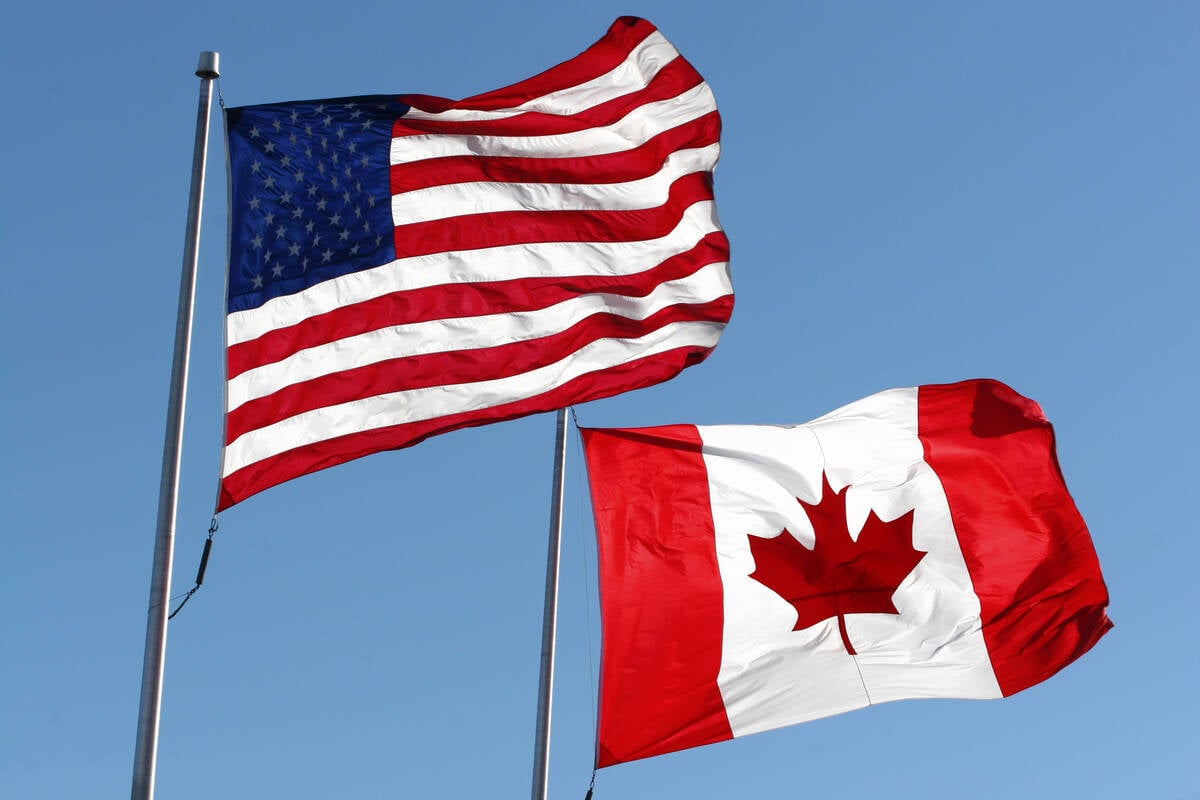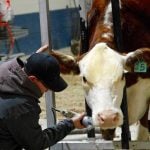TORONTO — For the Canadian Food Inspection Agency, last year’s parliamentary approval of new food safety legislation was the beginning of the process of modernization rather than the end.
The bill on the books sets out tougher rules, tougher penalties for those who break them and more stringent controls over imported food standards. The CFIA is now rushing to put meat on the food safety bones.
The agency has given itself two years to write the detailed regulations that will give force to the legislation, which does not take effect until the regulations are written.
Read Also

Trump cuts off trade talks with Canada
UPDATED: October 24, 2025 – 0910 CST – Adds comments from Prime Minister Mark Carney. Reuters — U.S. President Donald…
It will result in an intense period of consultation with farmers and the food industry.
“I really think the next three or four years will be pivotal for food safety inspection in Canada,” CFIA vice-president Cameron Prince, who is responsible for overseeing inspection modernization, told a recent national food strategy conference.
In an interview after his speech to a conference workshop, Prince said the challenge is to fold the existing chaotic landscape of 13 sets of regulations into one regulatory framework.
The agency enters the process while facing the prospect of significant staff and resource reductions.
The federal government recently tabled a report in Parliament that projects a 15 percent cut in the CFIA budget over three years, a $111 million decline to $620 million by 2015-16 and the loss of 931 staff positions, a 14 percent reduction.
Prince said those projected cuts will not undermine the push to create new regulations because the 2012 budget included funding to cover the cost of implementing the Safe Food for Canadians Act.
“That money is now flowing.”
Industry witnesses argued during parliamentary hearings that the bill should be more detailed because they will have little input into the regulations that implement the legislation once it is approved.














